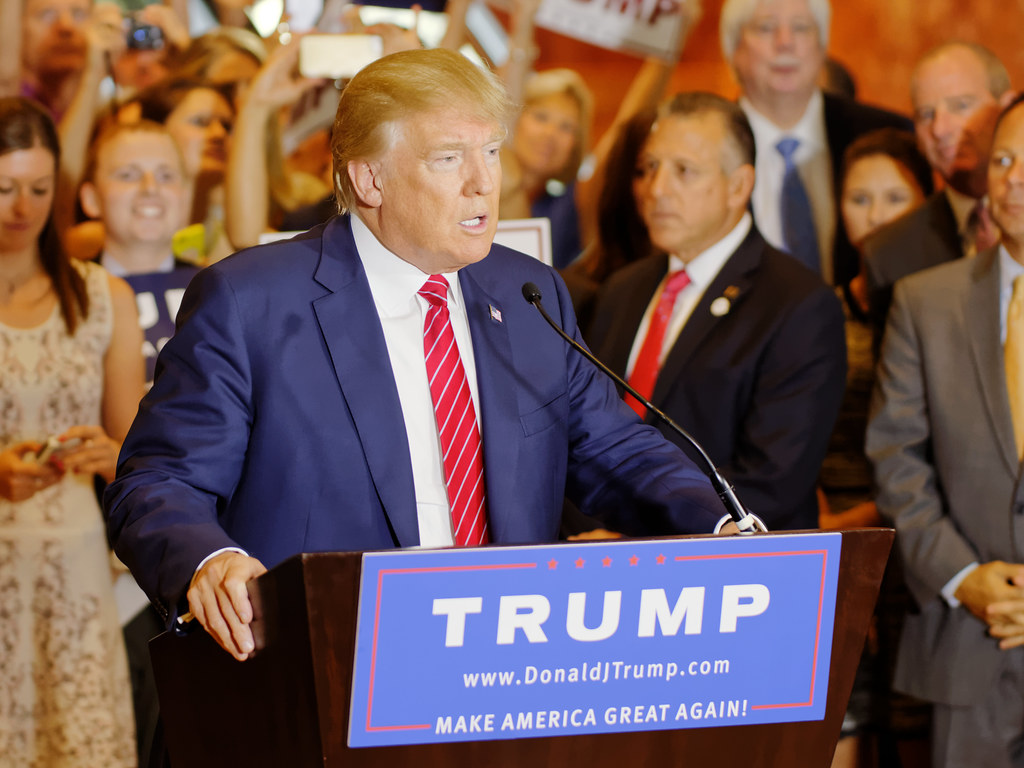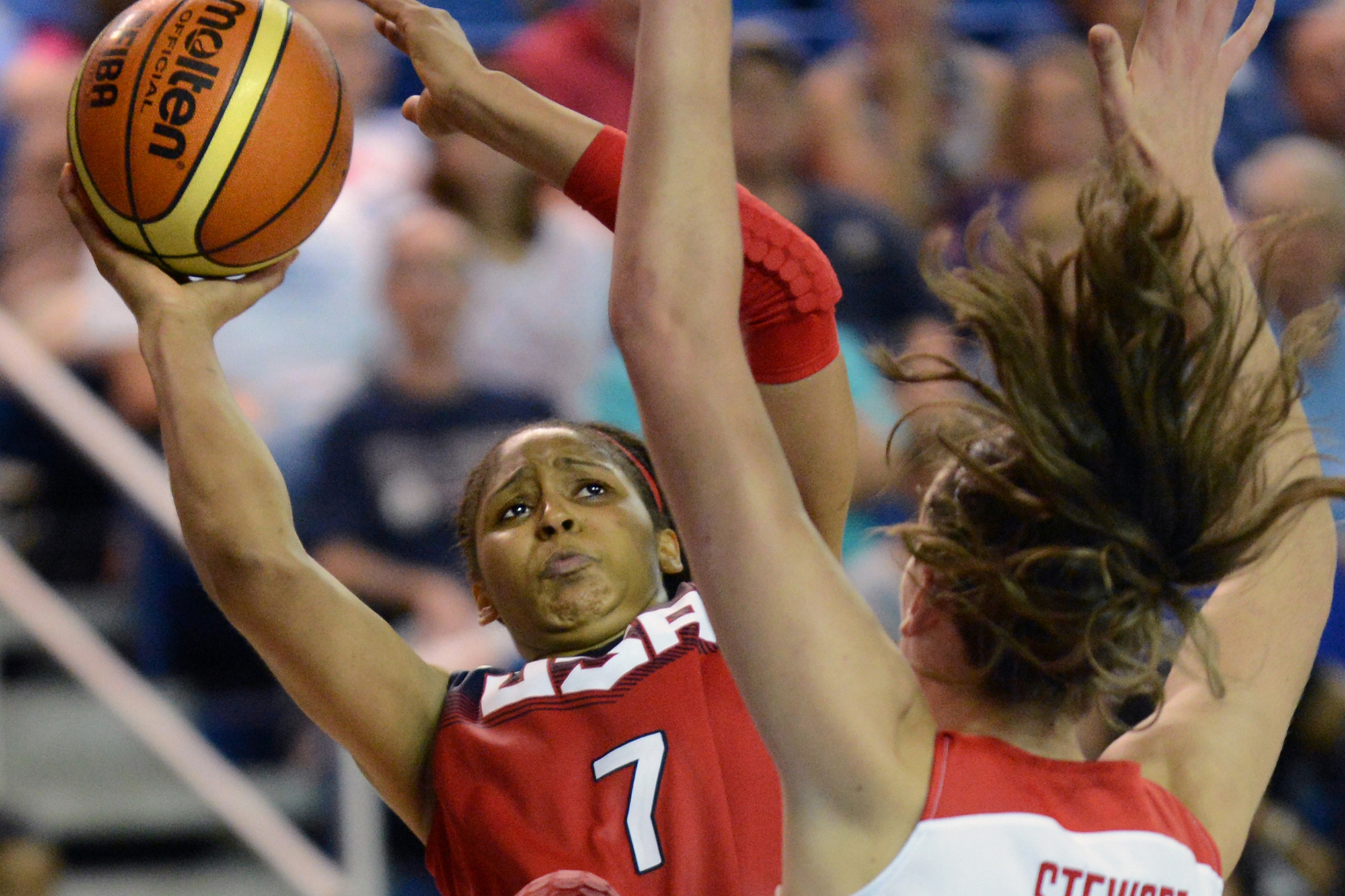
The conflict between Russia and Ukraine has, with alarming consistency, redefined the brutal contours of modern warfare, pushing the boundaries of human endurance and military strategy. Recent intelligence updates and on-the-ground reports confirm a stark escalation, particularly on the eastern front, where engagements are increasingly characterized by their sheer intensity and devastating human cost.
This in-depth analysis seeks to move beyond the daily headlines, offering a granular look into the conflict’s current dynamics. We will dissect the strategic maneuvers, the alarming casualty figures, and the complex diplomatic overtures that continue to shape this protracted struggle.
Our focus will extend to understanding the evolving rationale behind Russia’s unwavering resolve and its pivot towards a war of attrition. We will also examine the surprising resilience of Moscow’s military apparatus, particularly its recruitment strategies, which have demonstrably transformed the composition and morale of its fighting forces.
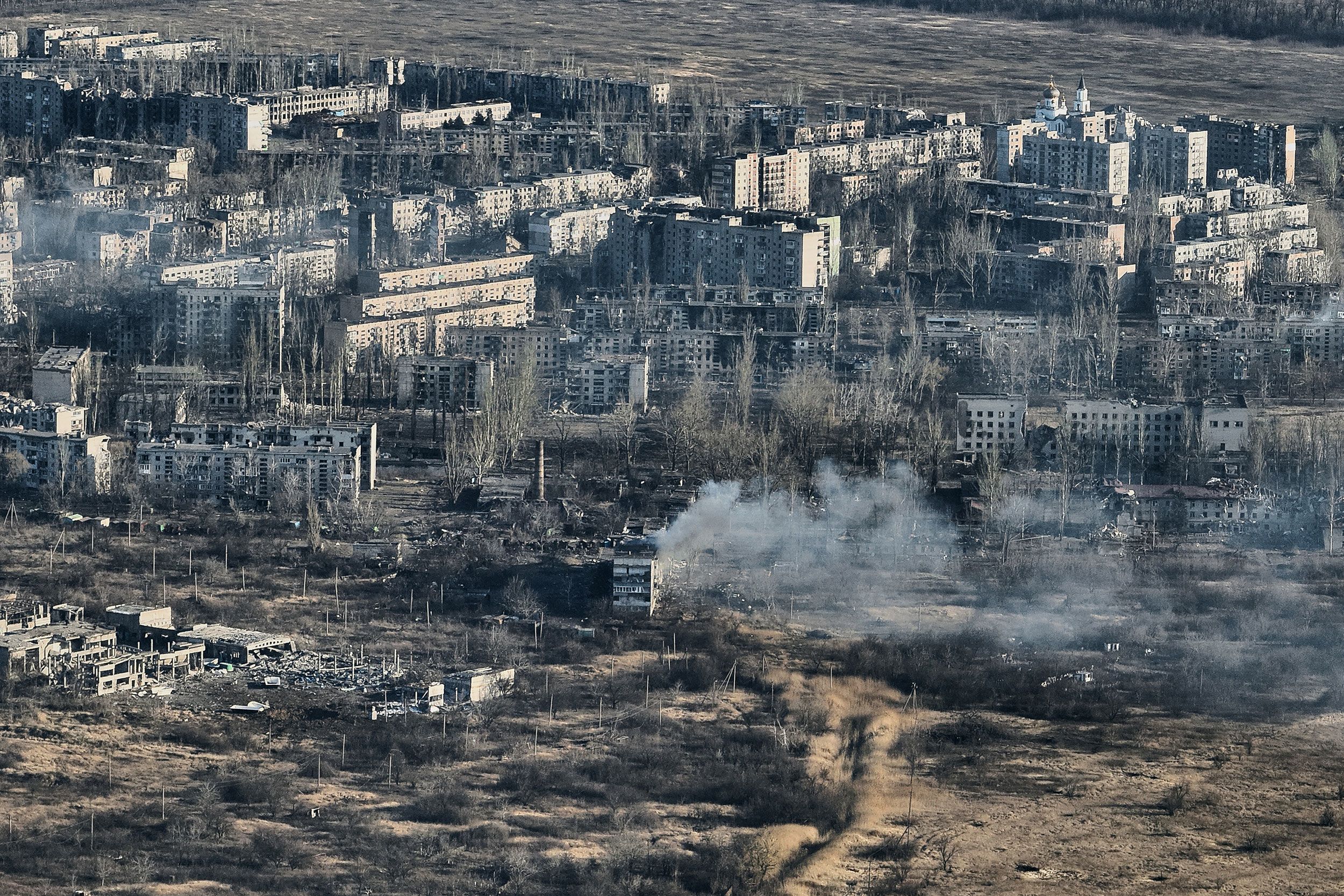
1. **The Avdiivka Crucible: Russia’s Costly Offensive and the Escalating Casualty Toll**Recent attempts by Russia to seize the Ukrainian city of Avdiivka, located on the eastern frontline, have escalated into what observers describe as a ‘bloodbath’. An intelligence update released by the UK Defence Ministry highlighted a stark increase in Russian losses, stating: “Recent Russian assaults in Avdiivka have contributed to a 90 percent increase in Russian casualties recorded by the Ukrainian MoD.”
This intense fighting has also resulted in significant equipment losses for Moscow. The Ukrainian General Staff reported that its forces damaged and destroyed nearly 50 Russian tanks and over 100 armoured vehicles during a single day of fighting near Avdiivka. Furthermore, Ukrainian soldiers operating in the area claimed the destruction of as many as 200 Russian armoured vehicles between October 16 and 20.
The initial offensive, launched on October 10, led to “high verified Russian equipment losses,” as noted by the US think tank Institute for the Study of War (ISW). While there was a temporary decrease in daily clashes, suggesting the Russian attack might be weakening, the ISW indicated that the offensive against this eastern Ukrainian city has recently regained momentum. The institute commented that the renewed assaults suggest either Russian forces believe Avdiivka is feasible to take, or that Russian military command is poorly prioritizing offensive operations regardless of cost. Avdiivka holds considerable strategic importance for both Ukraine and Russia due to its close proximity to the occupied city of Donetsk.
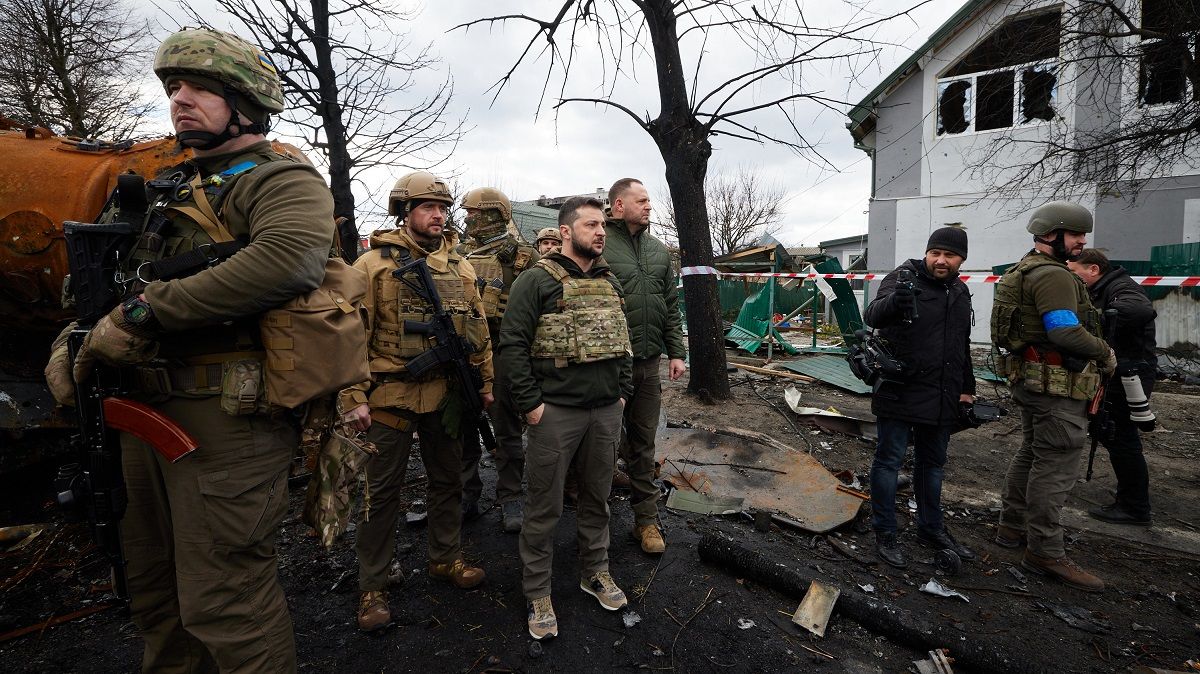
2. **Quantifying Russian Military Losses: A Grim Tally of Permanent and Total Casualties**The human toll of the conflict on the Russian side has been substantial, though the Kremlin refrains from sharing official data on its military losses in Ukraine. The British Ministry of Defence (MoD) has provided estimated figures, indicating the staggering scale of casualties incurred since the conflict’s inception. Their assessment points to a significant impact on Russia’s combat readiness.
According to the UK MoD’s intelligence update, “it is likely that Russia has suffered 150,000-190,000 permanent casualties (killed and permanently wounded) since the conflict began.” This figure represents a severe depletion of manpower, comprising soldiers who are no longer able to return to the battlefield.
When accounting for temporarily wounded soldiers, those expected to recover and return to combat, the total figure rises dramatically. The intelligence update suggested this broader total could be “in the region of 240,000-290,000.” It’s crucial to note that these comprehensive figures do not include the losses sustained by the Wagner Group or their prisoner battalions, which played a significant role in the brutal months-long battle for Bakhmut.
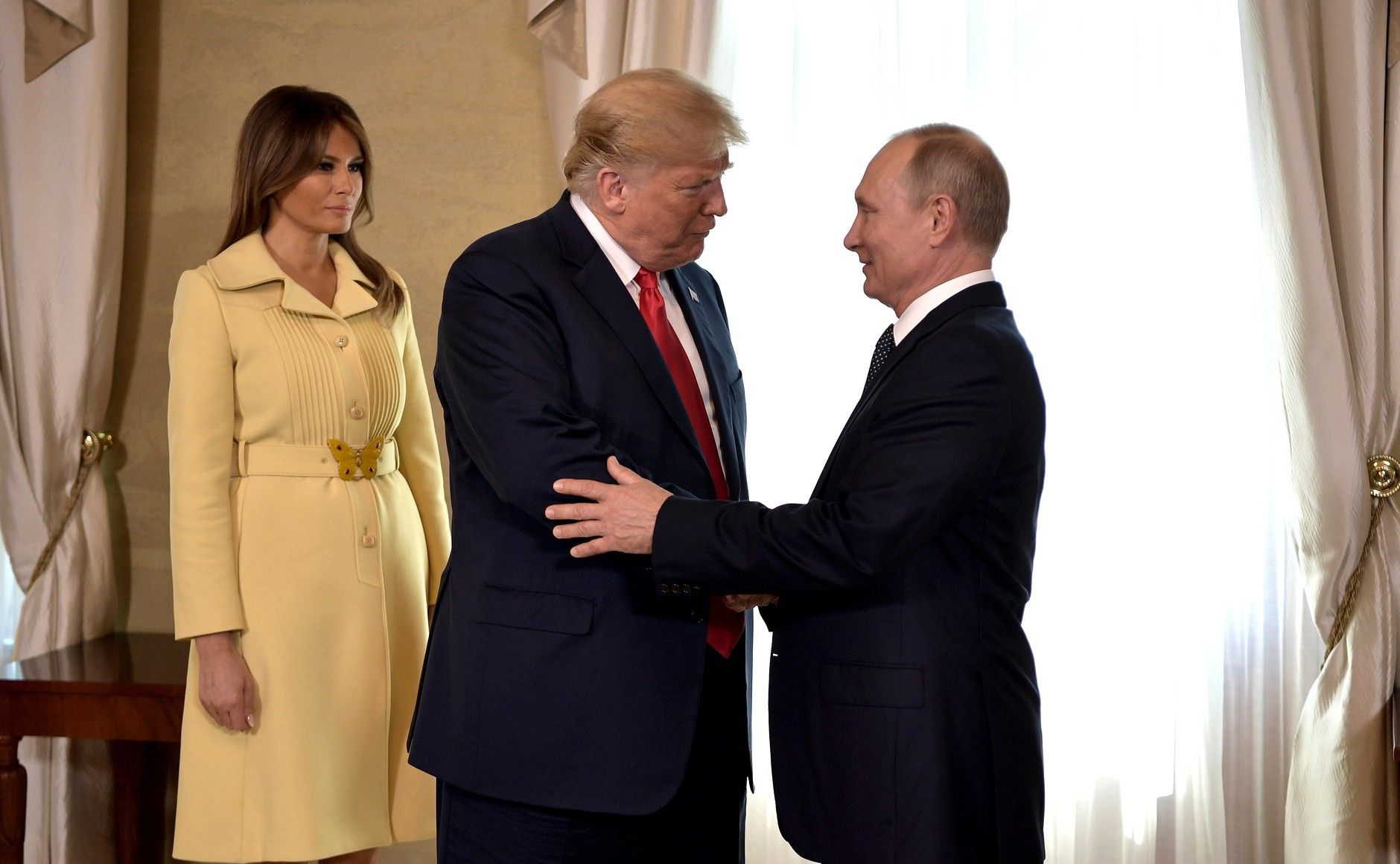
3. **The Shifting Landscape of Peace Diplomacy: High-Level Calls and Stalled Negotiations**The prospect of diplomatic resolution, though fraught with challenges, continues to be a central theme in the conflict. Notably, U.S. President Donald Trump announced his intention to hold a critical phone call with Russian leader Vladimir Putin, with the stated aim of ending the ‘bloodbath’ of the war in Ukraine. Trump expressed optimism on his TruthSocial platform, hoping for a “productive day” that could lead to a ceasefire and an end to this “very violent war.”
This high-level engagement followed closely on the heels of the first direct talks between Moscow and Kyiv in three years, held in Turkey. Despite hopes for a more substantial outcome, these initial discussions between Russian and Ukrainian delegations yielded limited results. While an agreement was reached for a 1000-prisoner exchange, a significant step forward in humanitarian terms, the parties failed to agree on any ceasefire.
Adding complexity to the diplomatic backdrop, Trump’s announced call with Putin was scheduled to occur just hours after Moscow launched its largest drone strike against Ukraine, along with warnings from Kyiv of a potential Russian ballistic missile test. Ukrainian Air Force reported 273 drones launched at Ukrainian cities, resulting in one fatality and three injuries. These simultaneous military actions and diplomatic overtures underscore the multifaceted and often contradictory nature of the current conflict.
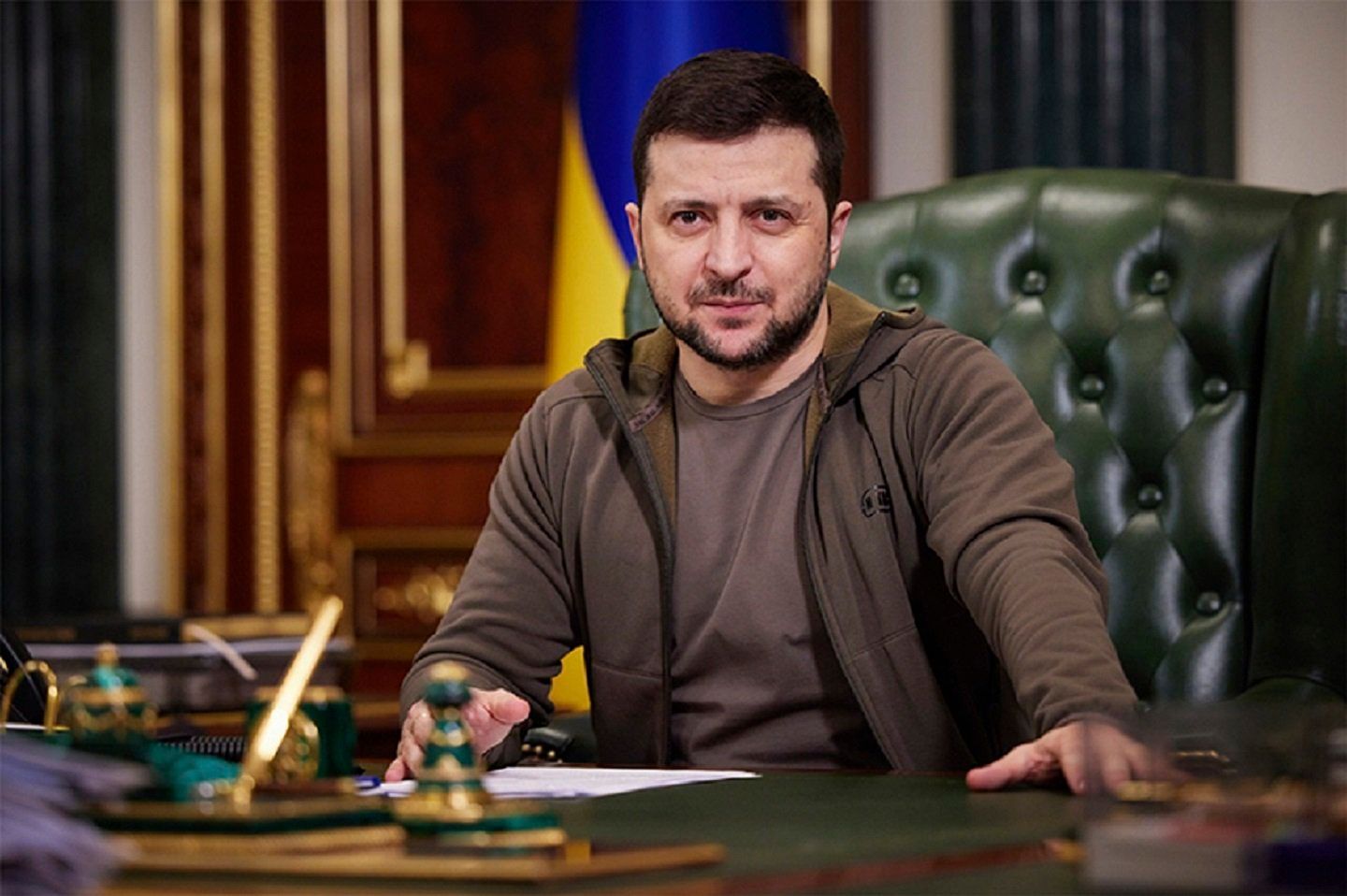
4. **Ukrainian Resolve and Non-Negotiable Demands: Key Obstacles to a Ceasefire**Ukraine’s position in peace negotiations remains firm, rooted in a commitment to its sovereignty and territorial integrity. President Volodymyr Zelenskyy has repeatedly articulated Ukraine’s readiness for a full 30-day ceasefire, emphasizing the urgency of saving lives. He has also called upon Western leaders, including Trump, to escalate sanctions on Putin if Russia fails to agree to such a proposal.
However, the recent talks in Turkey revealed a significant chasm between the two sides’ demands. A Ukrainian diplomat indicated that Russia had presented “unacceptable conditions” that were “non-starters” for Kyiv. These included the demand for the withdrawal of Ukrainian troops from large parts of the country, a condition fundamentally opposed to Ukraine’s national interests.
Furthermore, the status of Crimea, annexed by Russia in 2014, continues to be a major sticking point. Zelenskyy has consistently asserted that Crimea remains an integral part of Ukraine, signaling his unwillingness to cede the territory as part of any peace agreement. This unwavering stance on territorial integrity, while crucial for Ukraine, presents a significant hurdle for any comprehensive peace deal, as Russia’s head of delegation, Vladimir Medinsky, merely “took note” of Zelenskyy’s request for direct talks with Putin.
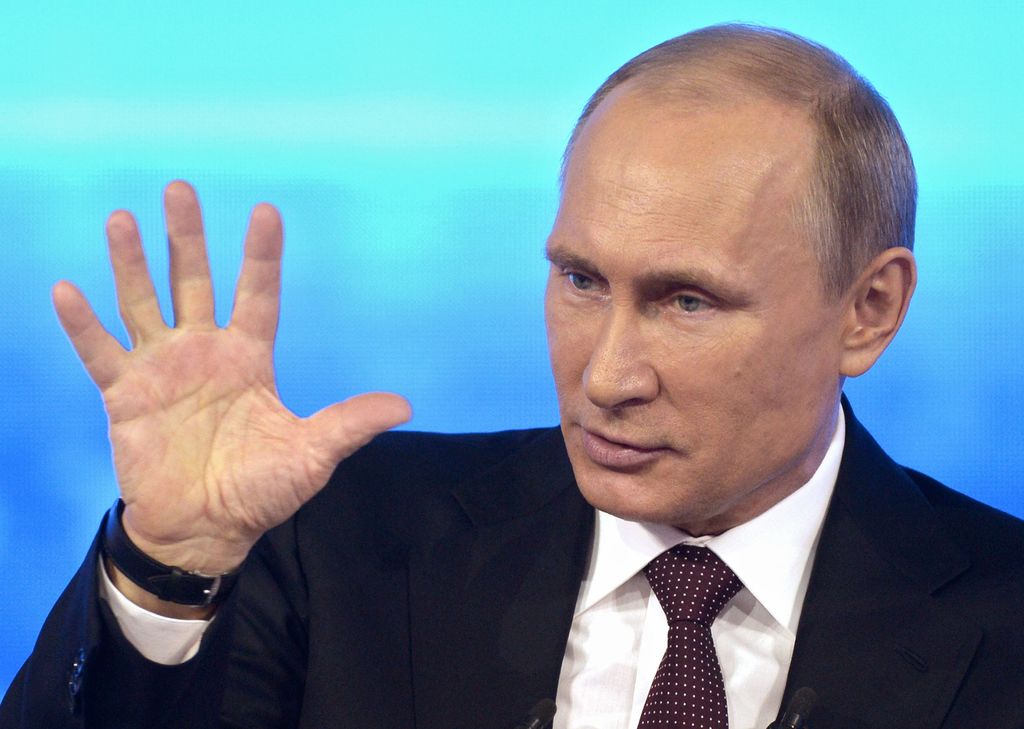
5. **Putin’s Strategic Calculus: The Rationale Behind His Confidence and the War of Attrition**Russian President Vladimir Putin has consistently exuded an air of confidence regarding the conflict, publicly articulating his belief in Russia’s battlefield advantage and the futility of Ukrainian resistance. At an economic forum in June, he provocatively stated, “Keep at it, then, keep at it. It will only get worse,” and declared, “Wherever a Russian soldier sets his foot, it’s ours.” This self-assurance stems from a profound strategic pivot and a resurgence of the Russian military after initial setbacks.
In the aftermath of 2022, when Russian forces were described as disoriented, decimated, and struggling against Ukraine’s tactics, Putin opted for a comprehensive re-engineering of the Russian state. He marshaled the full strength of the military and the economy with the singular objective of crushing Ukraine. This entailed a significant revamp of recruitment processes, weapons production capabilities, and frontline tactics, moving towards a long-term strategy.
This shift has transformed the conflict into a war of attrition, a strategy favoring Russia given its capacity to mobilize more men and arms than Ukraine and its Western allies. Despite mounting casualties on their side, Russian forces are observed to be making gradual advances across most of the 750-mile front. This persistent forward momentum reinforces Putin’s resolve to continue fighting until a peace deal is achieved on his terms, which include recognition of Moscow’s annexed regions and conditions preventing Ukraine from joining NATO.

6. **Russia’s Transformed Recruitment Model: Financial Incentives Driving Volunteer Enlistment**Russia’s military recruitment strategy has undergone a significant transformation, moving from the coercive measures of early mobilization to a more financially incentivized volunteer model. After early military disasters in 2022 decimated the ranks of career servicemen, and a September counteroffensive nearly thwarted the invasion, Mr. Putin took drastic steps, including announcing the first mobilization since World War II, drafting 300,000 men, and enlisting an estimated 100,000 convicts from Russian jails.
While these measures stabilized the battlefield, they came at a political cost, sparking social discontent and prompting hundreds of thousands of men to flee the country. The success of the prison recruitment, however, provided the Kremlin with a blueprint for a less coercive approach, one built on the potent combination of financial rewards and appeals to traditional notions of manhood and duty. This marked a deliberate shift towards attracting volunteers rather than relying solely on conscription.
To facilitate this new model, the government substantially increased soldiers’ salaries and introduced highly lucrative sign-up bonuses, alongside a myriad of other financial benefits. Kremlin propaganda has actively promoted military service as a unique opportunity for men at the margins of Russian society to achieve financial stability and social standing by becoming breadwinners. This strategy has proven highly effective, with Russia consistently recruiting about 1,000 soldiers a day, a figure that has remained broadly stable since 2023 and is approximately twice as high as Ukraine’s daily recruitment rate.

